
views
Organizing the Dance
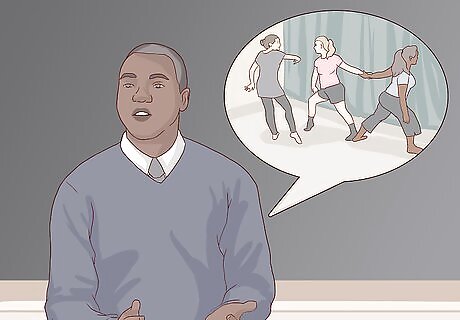
Discuss the mitosis dance with your students. Before beginning this activity, discuss it with your students so they know what to expect. This activity is a fun and exciting way to represent the process of cell division called mitosis. By representing the different parts of the cell, students will hopefully have a firmer grasp of how each phase proceeds. Some of the students will need to hold hands with other students. If you know some of your students are uncomfortable with this, have the students stand close to each other instead of holding hands.

Assign the roles to different students. If you assign the roles the day before, you can tell the students to wear a specific colored shirt based on what part of the cell they are. Have the plasma membrane wear black, the nuclear membrane wear white, the centrioles wear red/orange/yellow, and the chromatin/chromosomes wear blue. You will need the following number of students for each role: Chromatin/chromosomes: You need an even number to represent the chromosomes. You can have as few as 2 or as many as 8, but 4 or 6 students would be best. Nuclear membrane: You need enough students to make a small circle around the “chromosomes.” If you only have 2 student chromosomes, you will only need 4 or 5 students to make a nucleus. The more chromosomes, the larger the nuclear membrane. Centrioles: You need four students, in pairs of two, to represent the centrioles of the cell. Plasma membrane: remaining students (at least 10). You want to make a large plasma membrane with the remaining students.

Perform outside or in a large empty room. You need a lot of space to perform the mitosis dance. If the weather is nice, doing it outside is a great idea. If it’s raining, the gymnasium is a great option. If you’re limited to your classroom, push all the desks against the wall so you have an open space in the middle of the room. Consider making this a performance for the rest of the school and present it to everyone.
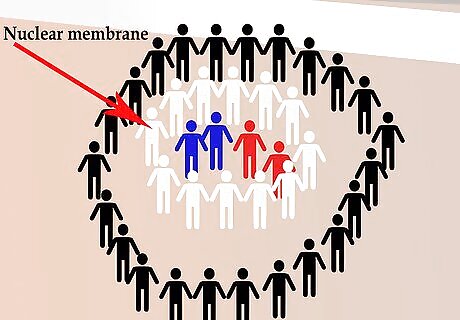
Make a small circle around the “chromatin.” The students assigned to be chromatin/chromosomes should group together to make the inside of the nucleus. Students representing the nuclear membrane should form a circle around the chromatin and link hands. This circle represents the nucleus of the cell which contains the genetic information needed to reproduce a cell (DNA).
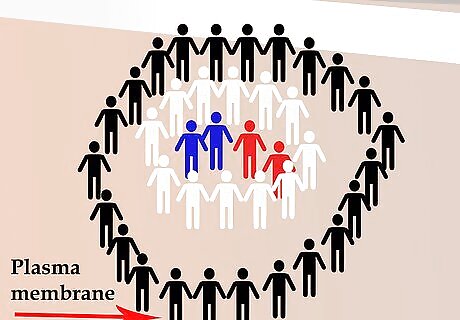
Form a large circle around the nucleus. The students representing the plasma membrane should form a larger circle containing the nucleus. Instruct the students to hold hands to make a strong plasma membrane. Pairs of students representing the centrioles should be inside the plasma membrane but outside the nucleus. Have both pairs stand near each other on one side of the cell.
Performing the Mitosis Dance

Turn on the music and start moving. You can choose any music that you would like. Anything fast-paced that the students will want to dance to is a good option. Start with everyone swaying back and forth. This first part represents “interphase” which is the phase before the cell starts dividing. The nuclear membrane is fully intact and the genetic material is still in an uncondensed chromatin form.
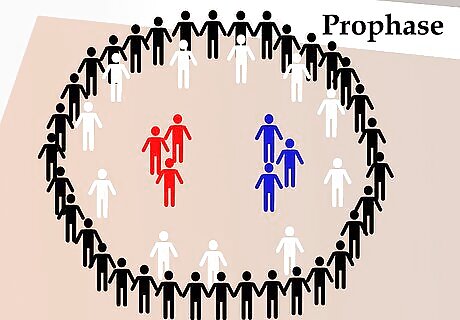
Have the chromosomes form pairs and dissolve the nuclear membrane. This is the first official phase of mitosis, prophase. Chromatin condenses into chromosomes so have the students inside the nucleus need to pair up and hold hands. The nuclear membrane begins to dissolve so have those students leave the cell. Centriole pairs should begin to migrate to opposite ends of the cell. One pair should be on one side and the other pair should be directly opposite them. Tell everyone to keep dancing around while they move around the cell.
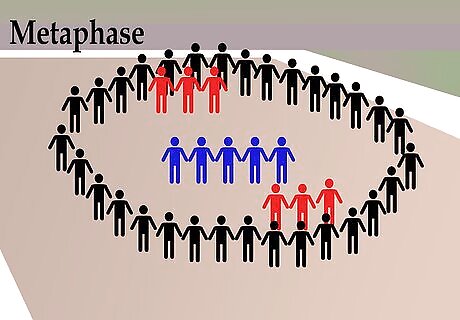
Instruct the “chromosomes” to line up in the middle of the cell. The next phase of cell division is called metaphase. This is the phase where the chromosomes line up on the “equator” of the cell and prepare to be separated from each other. Chromosomes should move towards the equator of the cell and grab hold of your partner with both hands. Stand facing each other and continue dancing with each other. The centriole pairs should be on the “north” and “south pole” of the cell with the chromosomes in between them.

Separate the chromosomes to opposite sides of the cell. The next step is anaphase, where the chromosomes get pulled apart. These separated chromosomes will serve as the genetic material for each new cell. Have the chromosomes let go of their partners and wave goodbye. The plasma membrane people should start stretching out the circle into an oval in the direction of the centrioles pairs.
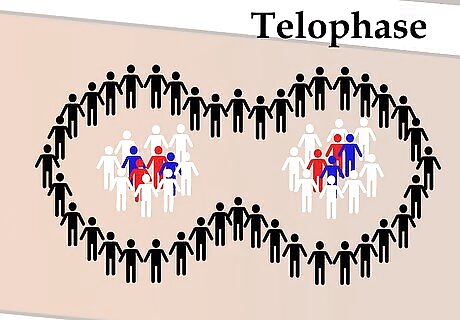
Reform the nucleus and tell the plasma membrane to cinch at the center. The last phase of mitosis is called telophase. Telophase is when the plasma membrane forms a peanut shape and the nucleus reforms. Tell the plasma membrane to form a peanut shape by cinching together in the middle of the cell. The nuclear membrane students should form a new nucleus in each new cell. The centriole pairs can let go of each other and become the new centrioles of each cell. The chromosomes can let go of each other and become the less dense chromatin again.
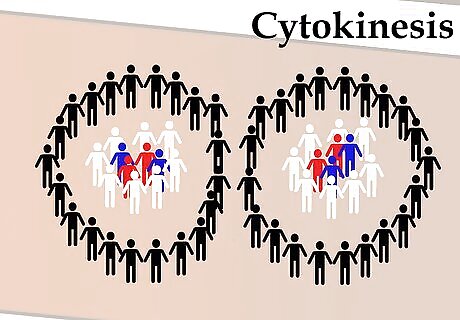
Divide the cell. To divide the cell have the plasma membrane people in the center of the circle let go of each other’s hands and reattach with someone in the new cell. You should now have two separate cells with two separate nuclei and chromatin. This final step is called cytokinesis.













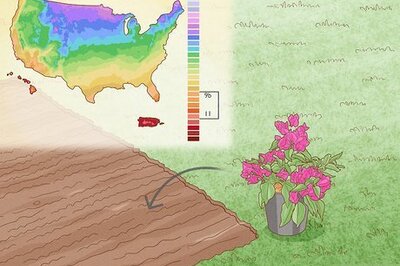
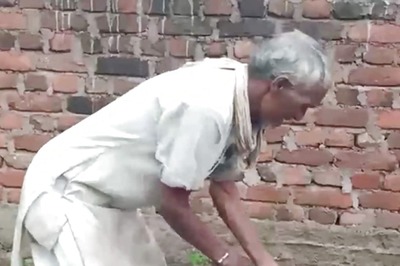
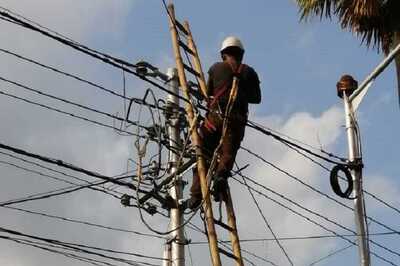
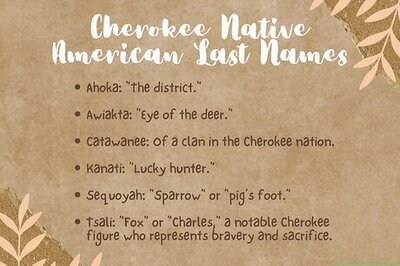

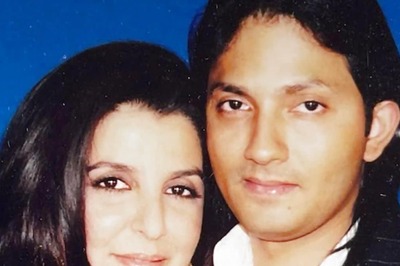
Comments
0 comment